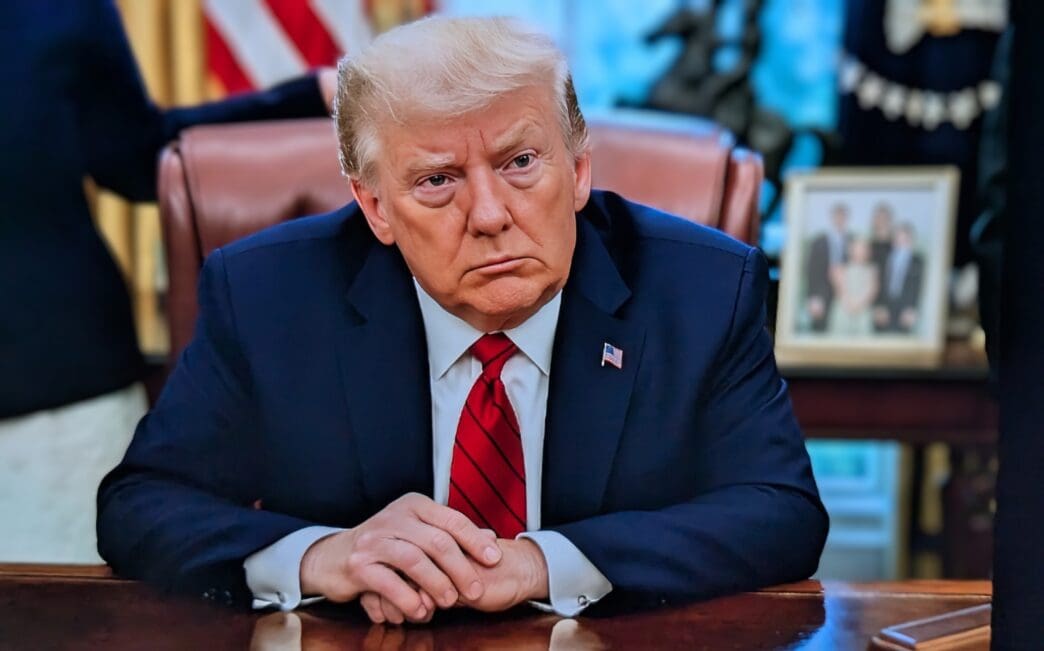Executive Summary
The Story So Far
Why This Matters
Who Thinks What?
The Trump administration has altered its strategy regarding mass layoffs of federal workers during the ongoing government shutdown, delaying the issuance of “Reductions in Force” (RIFs) notices amidst growing concerns among Republican lawmakers and administration officials about the potential political fallout. This shift comes as Democrats show no sign of yielding on their demands for a stopgap funding measure that addresses healthcare, prompting the White House to re-evaluate the timing of such a politically sensitive move.
Shift in White House Strategy
Initially, the White House had planned for immediate layoffs in the wake of the shutdown, with the Office of Budget and Management, led by Russell Vought, having already recommended agencies for the steepest cuts. President Donald Trump had publicly embraced the shutdown as an “unprecedented opportunity” to fulfill a key priority: significantly reducing the federal workforce.
However, internal discussions within the West Wing now acknowledge that delaying the layoffs could be a more advantageous political maneuver. Officials reportedly believe that by waiting, they can more effectively frame the situation as Democrats having “truly forced our hand and left us no choice,” rather than appearing “gleeful about people losing their jobs.”
Republican Concerns Over Political Blowback
The strategic adjustment is partly a response to increasing apprehension among Republican lawmakers who fear that widespread federal firings could backfire politically. Several House Republicans have warned that while “slash and burn” rhetoric might energize the base, it could alienate centrist voters and undermine their leverage in the funding dispute.
“We have the high ground now, but could lose it with mass firings,” one House Republican reportedly stated. These concerns have been conveyed directly to the White House by some lawmakers.
Back Pay and Further Threats
Amidst the debate over layoffs, the administration also floated the possibility of not providing back pay to furloughed federal employees, a significant departure from historical precedent. President Trump addressed this, stating that “it depends on who we’re talking about,” and suggesting that “some people that really don’t deserve to be taken care of” might be treated differently.
House Speaker Mike Johnson, however, expressed a desire for all furloughed workers to receive back pay once the shutdown concludes. Senator Thom Tillis of North Carolina cautioned that withholding back pay would be a “strategic mistake,” potentially prompting federal workers to seek other employment.
Layoffs Yet to Materialize
Despite Vought’s initial warnings to House Republicans about an imminent wave of layoffs and President Trump’s public alignment with Project 2025 – a conservative blueprint advocating for significant government cuts – the firings have not yet materialized. White House officials had previously indicated that cuts could be announced as early as October 3.
This delay has been welcomed by some Republicans, like Representative Austin Scott of Georgia, who represents a district with many federal workers and constituents affected by the shutdown. Scott emphasized that he had not heard “a single Republican in the House express the desire to have mass layoffs of federal employees.”
Outlook for Resolution
The ongoing deadlock between the White House and Democrats shows little sign of an immediate resolution. Senator Tillis expressed pessimism about finding a viable off-ramp to end the shutdown in the coming week. The administration continues to prepare for potential cuts, with President Trump indicating he would announce targeted programs for permanent elimination “in four or five days” if the shutdown persists.








